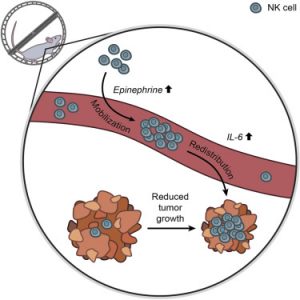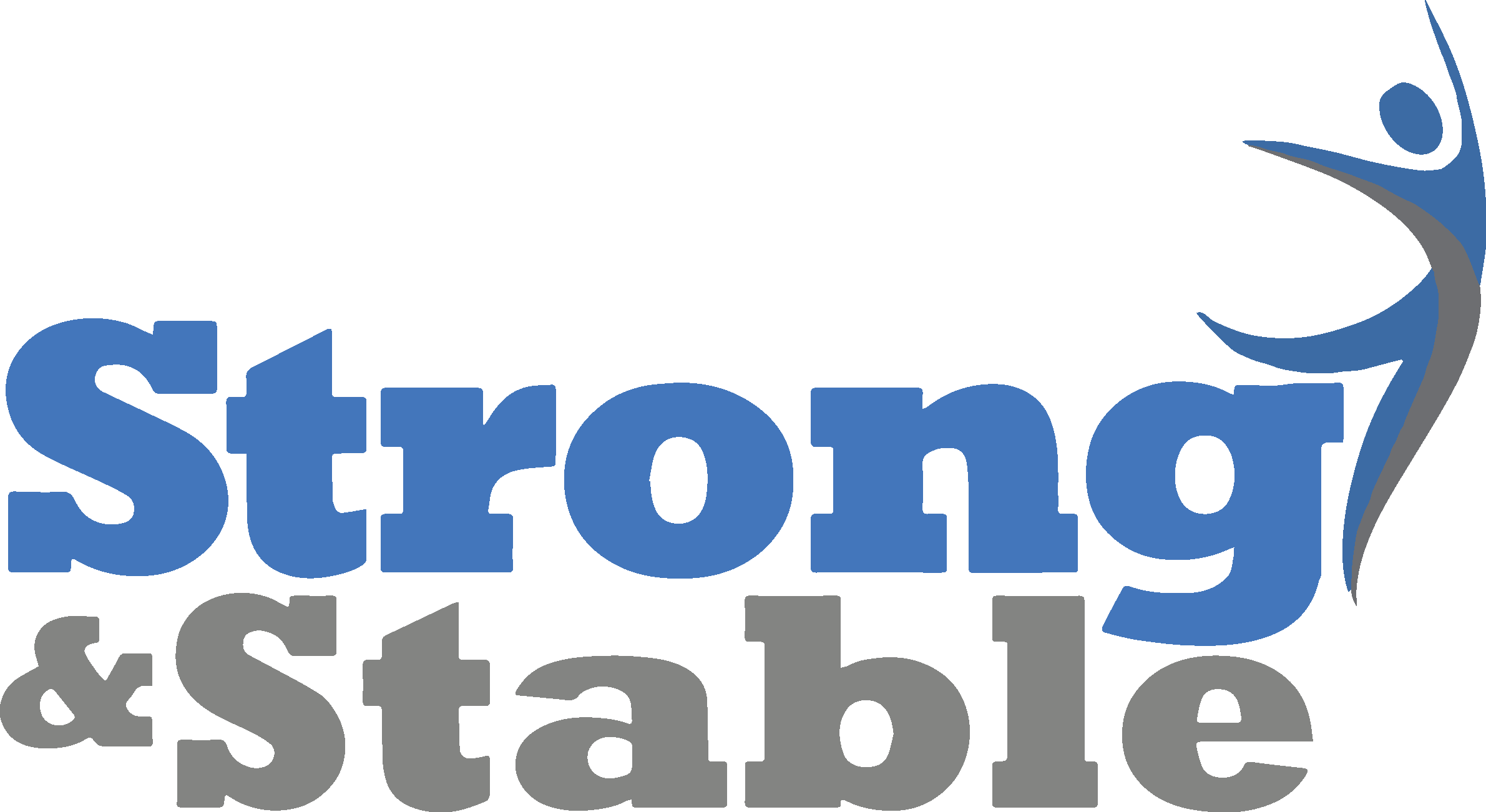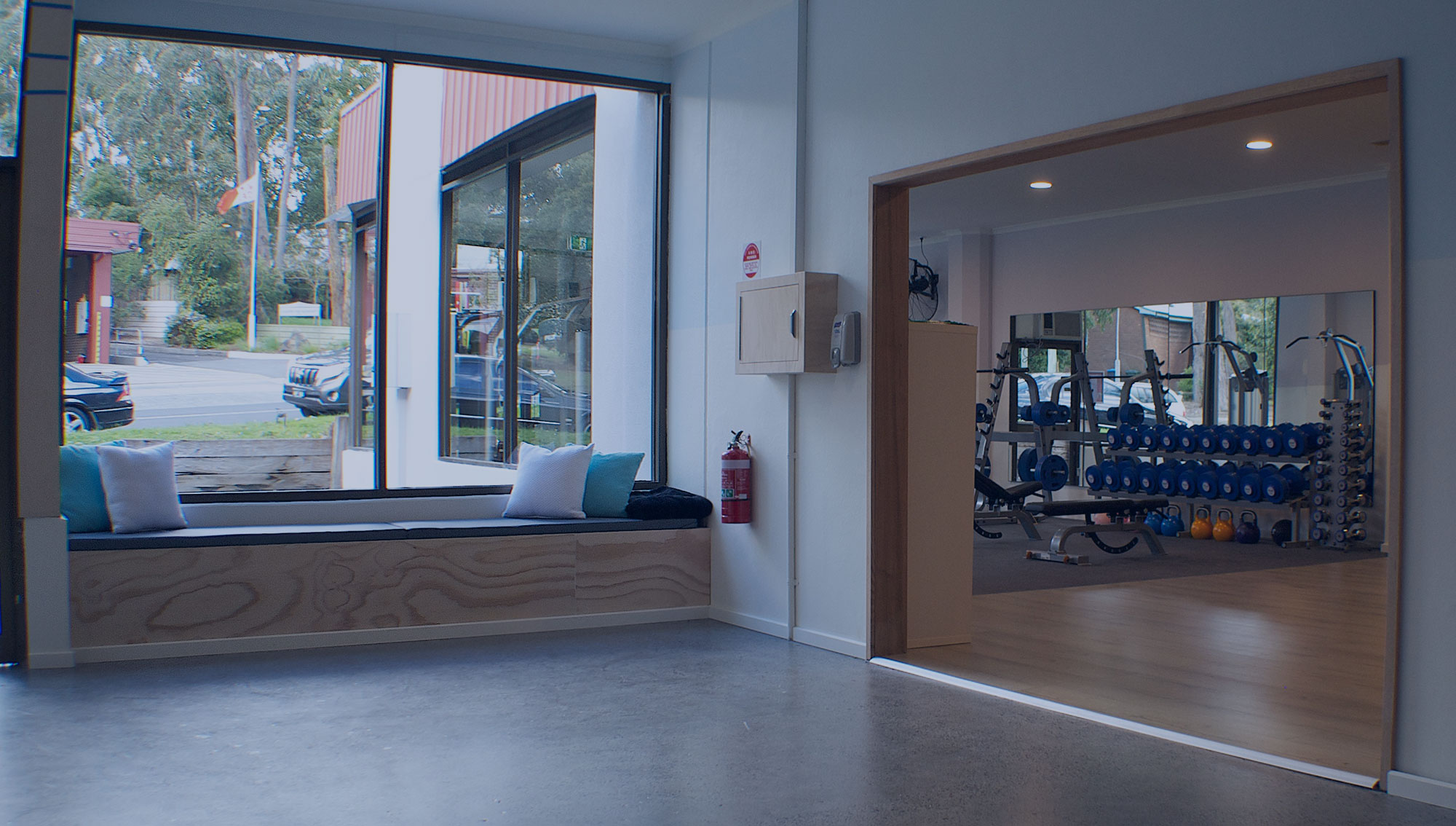06 Sep Exercise & Cancer
In recent years there has been emerging evidence to support the use of exercise through all stages of the cancer journey. On the 10th of May 2016 ABC’s Catalyst, catapulted this research into the general public’s spotlight with its segment on Exercise and Cancer, (http://www.abc.net.au/catalyst/stories/4459555.htm)
The science and reasons behind why exercise is important
- One of the challenges that Chemotherapy treatment faces is that tumours typically have a poor blood supply. We now know that by exercising immediately pre or post treatments our systemic (whole body) blood flow increases and indirectly the blood flow increases to tumour sites allowing more of the Chemotherapy to access tumour.
- Regular exercise reduces the risk of cancer and reoccurrence, by boosting our immune system. In a study published in March 2016, researchers found that exercise increases the production and mobilisation of our immune system natural killer cells and through a number of different pathways suppresses, blunts and controls tumour growth as much as 60-70% (Pederson et al 2016).

- As we all know Chemotherapy is designed to attack and kill cancer cells, unfortunately it also attacks our immune system and weakness our natural defence. During exercise our muscles release interleukin 6, this naturally occurring chemical that seeks out cancer cells directing them to cease production, in addition it also directs our immune system to attack and destroy cancerous cells (Pederson et al 2016).
- Unfortunately, 70% off all patients having chemotherapy or radiotherapy treatment report fatigue as their biggest side effect. Research now supports the use of exercise in a graded manner to combat this side effect. Exercise has been shown to increase muscle mass, plasma volume, improve lung ventilation and perfusion and increase cardiac reserve all of which contribute to a reduction in fatigue (Dimeo, 2001).
- The National Lymphedema Network position statement on exercise, supports people at risk of developing or with diagnosed lymphedema, to complete an individually tailed and graded exercise program consisting of aerobic and cardiovascular exercises to assist in the prevention and management of lymphedema (National Lymphedema Network, 2013).
- The Cancer Council Victoria also promotes exercise for the following general benefits:
- Improve your muscle mass
- Maintain or achieve a healthy weight
- Improve energy levels
- Improve self-esteem, stress and anxiety levels (Cancer Council Victoria, 2016).
How much exercise is enough and when should you exercise
Current recommendations from the Clinical Oncology Society of Australia (COSA) are for “all people with cancer should progress towards and, once achieved, maintained participation in:
- 150 minutes of moderate-intensity or 75 minutes of vigorous-intensity aerobic exercise (e.g. walking, jogging, cycling, swimming) each week; and
- Two to three resistance exercises (i.e. lifting weights) sessions each week involving moderate- to vigorous-intensity exercises targeting the major muscle groups.” (COSA 2017).
For some people 150 minutes and two to three resistance exercises sessions seem so far out of reach, however starting small, with 10 minute blocks of time and building up slowly is a fantastic way to start.
Given the emerging evidence around chemotherapy and exercise, it is recommended that if you are currently having treatment that you choose to exercise as close to treatment as possible, i.e. immediately prior to or immediately following.
Given the complex and individual nature of each cancer diagnosis and treatment pathway it is advised that you seek professional help to ensure a safe a suitable exercise program is completed for your individual situation.
How can Strong & Stable help me
Every cancer diagnosis and treatment journey is individual and as such each intervention of exercise needs to be tailored. At Strong & Stable we assess and design an individually tailored exercise program taking into account the clients, diagnosis, treatment regime, past medical history and goals.
We currently work with a number of clients through varying stages of the journey, we interviewed one of our inspiring clients and here is what they had to say at exercise and cancer;
Ct X attended Strong & Stable following a diagnosis of Pancreatic cancer in mid-2016 and is currently undergoing Chemotherapy treatment on a fortnight basis. Client X currently exercises daily and attends Strong & Stable three days per week for his strength training sessions.
What motivated you to exercise following your diagnosis?
“I have always exercised however the diagnosis and a later prognosis focused the mind. My exercise is now primarily aimed at maintaining a high stamina of fitness and well-being for as long as possible as a form of resistance to the disease.”
How have you found exercise beneficial during your treatment?
“Increased strength and flexibility together with a sense of doing something positive in the face of something negative has made a huge impact in my life.”
What would be your one pearl of wisdom to people who are facing a similar situation to yourself?
“Don’t despair! Put as much into each day as you can and take as much out. Be positive, negativity does no one any good. Be happy and good luck.”
If you are interested in talking too Strong & Stable about how you can get started please contact us on 9762 0976 or via email on [email protected]


Sorry, the comment form is closed at this time.